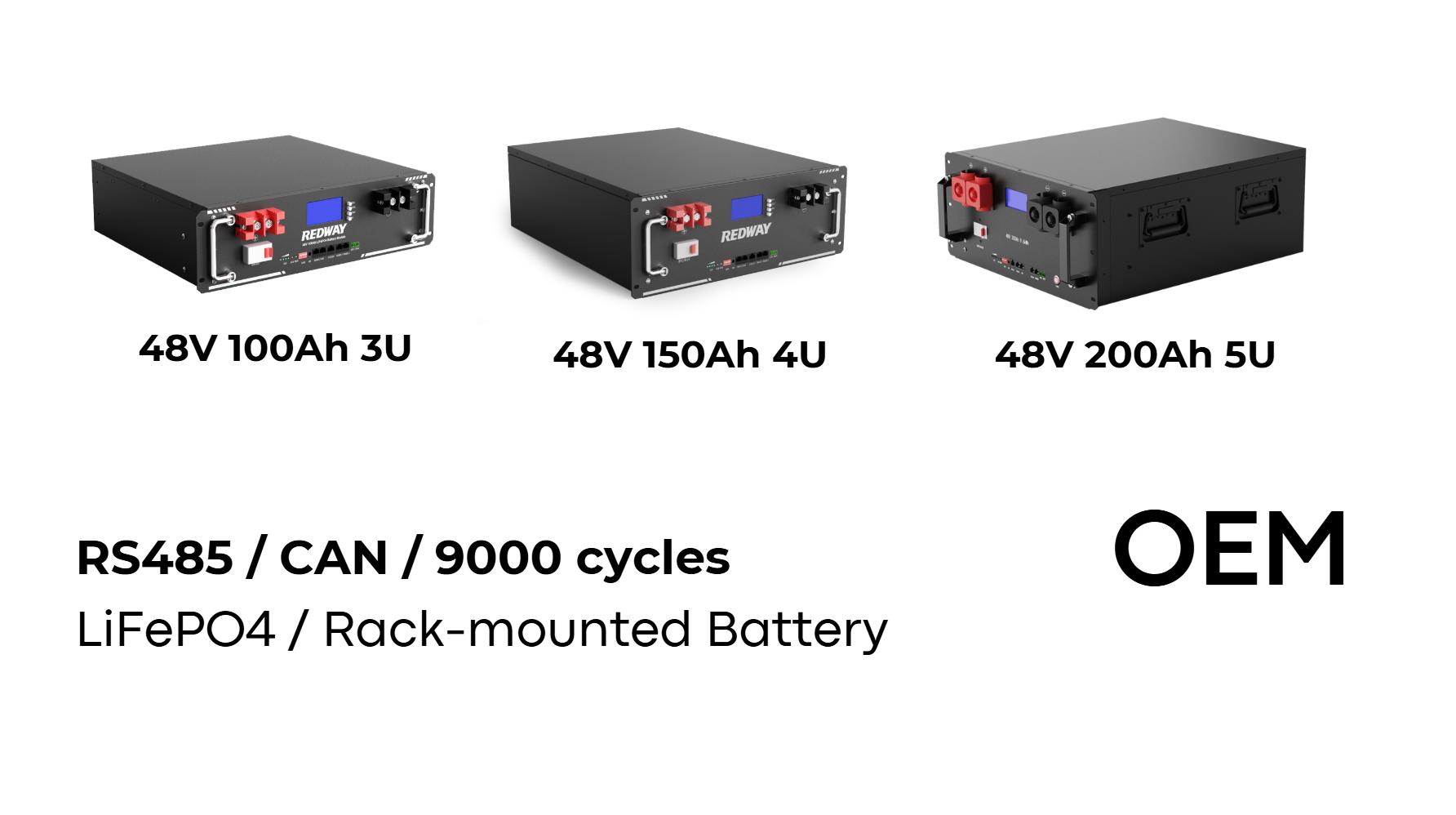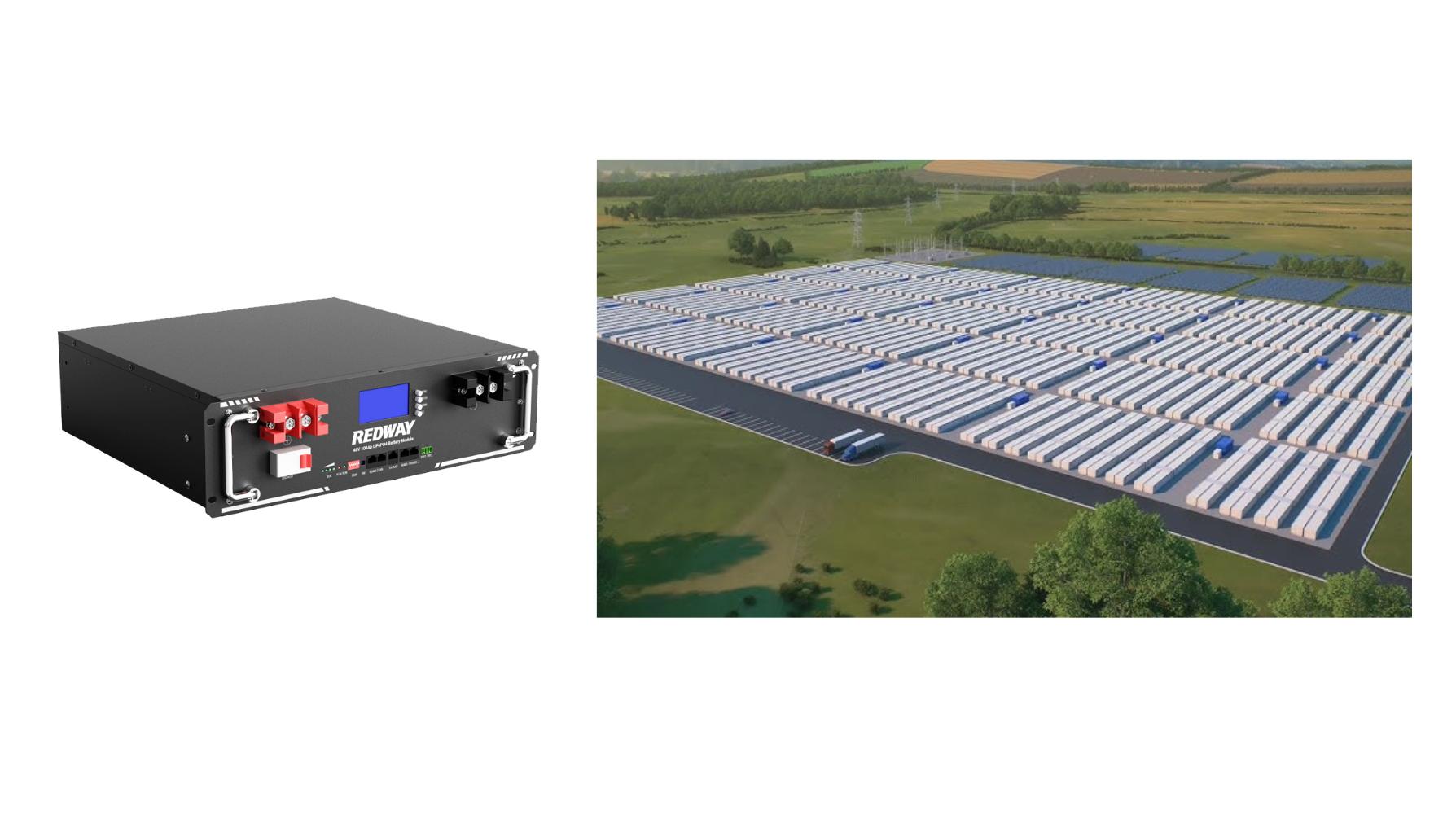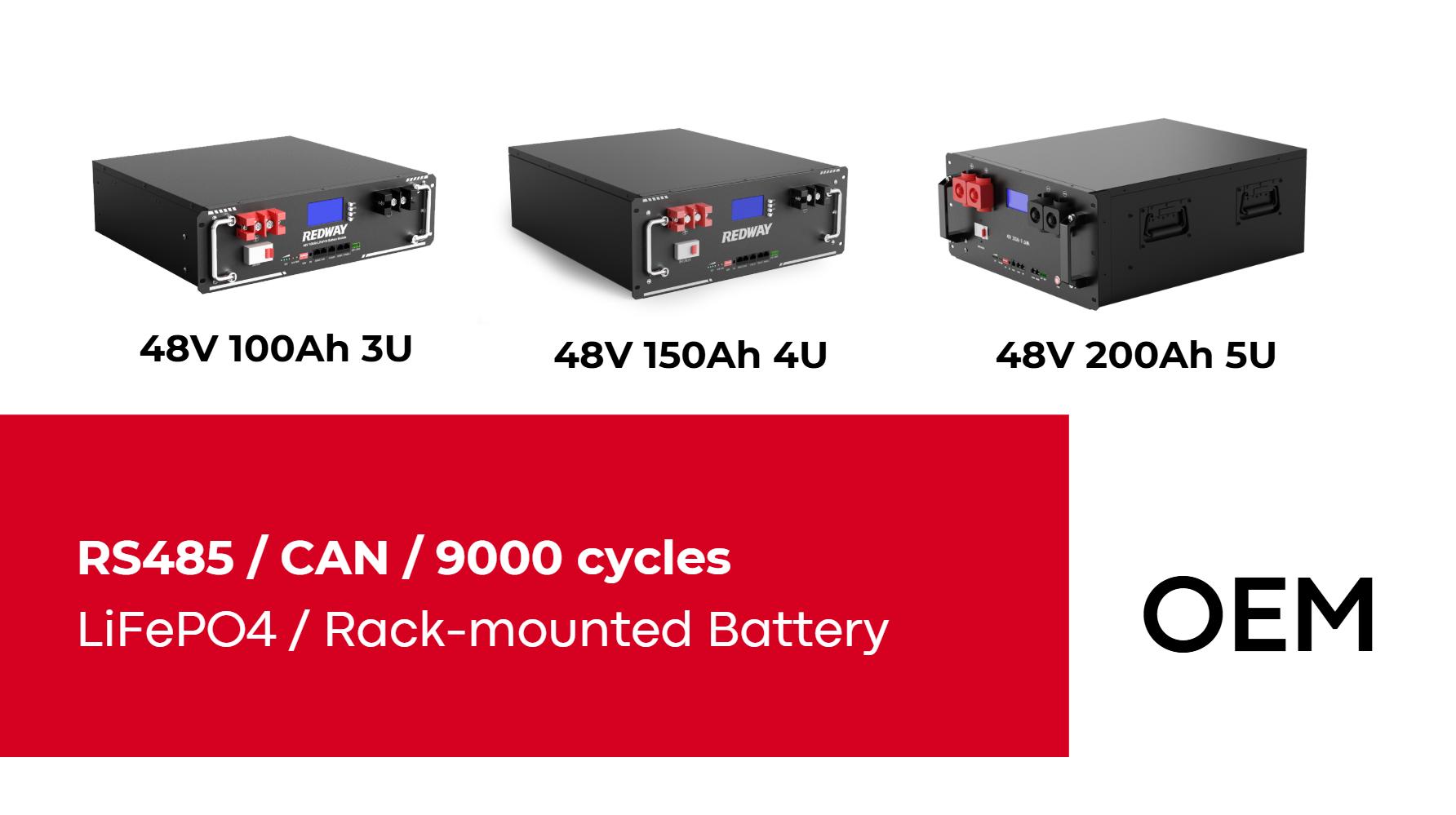What Are the Best Batteries for Renewable Energy Storage?
Lithium-ion, lead-acid, and flow batteries are top choices for renewable energy storage. Lithium-ion offers high efficiency and lifespan, while lead-acid is cost-effective for smaller setups. Flow batteries excel in scalability for large systems. Key factors include capacity, cost, lifespan, and environmental impact. Emerging tech like solid-state batteries may revolutionize storage solutions.
How Do Lithium-Ion Batteries Perform in Renewable Energy Systems?
Lithium-ion batteries provide 90-95% efficiency and 10-15-year lifespans, making them ideal for solar/wind storage. Their high energy density suits residential and commercial applications. However, they require thermal management and have higher upfront costs. Recent advancements in cobalt-free designs improve sustainability and reduce fire risks.
What Are the Pros and Cons of Lead-Acid Batteries?
Lead-acid batteries offer low upfront costs (50-60% cheaper than lithium-ion) but shorter 5-8-year lifespans. They’re recyclable but less efficient (70-85%) and require regular maintenance. Best for off-grid systems with infrequent use. New AGM variants reduce maintenance needs while maintaining deep-cycle capabilities.
Why Consider Flow Batteries for Large-Scale Storage?
Vanadium flow batteries provide unlimited cycle life and 20+ year operational spans. Their liquid electrolyte design allows instant capacity upgrades. Though 65-75% efficient, they excel in grid-scale applications. Recent membrane innovations reduced costs by 40%, making them viable for multi-megawatt solar farms needing 4-12 hour discharge times.
How Does Temperature Affect Battery Performance?
Extreme temperatures reduce efficiency by 15-30%. Lithium-ion operates best at 15-35°C, while lead-acid handles -40°C but loses capacity below freezing. Phase-change materials and active cooling systems maintain optimal conditions. Arctic-grade lithium batteries now use self-heating circuits for -30°C operation without performance loss.
What Emerging Battery Technologies Show Promise?
Solid-state batteries offer 2x energy density and non-flammable electrolytes. Sodium-ion variants eliminate lithium dependency, cutting costs 30%. Iron-air batteries achieve 100-hour storage at $20/kWh. MIT’s 2023 prototype demonstrated 150 cycles with 95% efficiency, targeting commercialization by 2027 for wind farm applications.
How to Calculate Battery Storage Needs for Solar Systems?
Multiply daily kWh usage by desired autonomy days (typically 3-5). Add 20% buffer for depth of discharge and efficiency losses. For 30kWh daily need: 30 x 3 x 1.2 = 108kWh capacity. Use NMC lithium batteries for high cycling (6,000+ cycles) or lead-carbon for infrequent backup at 1,200 cycles.
Expert Views
“The next decade will see hybrid systems combining lithium-ion’s responsiveness with flow batteries’ endurance. Our Redway projects now pair 4-hour lithium with 12-hour vanadium units, achieving 94% renewable penetration without grid backup. Recycling innovations will soon recover 99% of battery metals, making storage truly circular.” – Dr. Elena Torres, Redway Energy Storage Solutions
Conclusion
Selecting renewable energy batteries requires balancing cost, lifespan, and application scale. While lithium-ion dominates residential markets, flow and emerging solid-state technologies address grid-scale needs. Prioritize certified systems with thermal controls and monitor regulatory changes regarding recycling mandates. Future systems will likely integrate AI-driven battery management for optimal performance across hybrid storage architectures.
FAQs
How Long Do Solar Batteries Last?
Lithium-ion: 10-15 years (6,000 cycles). Lead-acid: 5-8 years (1,200 cycles). Flow: 20+ years (unlimited cycles). Actual lifespan depends on depth of discharge and maintenance.
Can Old EV Batteries Be Used for Solar Storage?
Yes. Retired EV batteries at 70-80% capacity can provide 7-10 more years as stationary storage. Tesla’s Second Life project deploys these in 2MWh grid buffers, reducing costs 60% versus new batteries.
What’s the Cheapest Battery per kWh?
Lead-acid: $100-$150/kWh. Lithium-ion: $200-$350/kWh. Flow: $400-$600/kWh (long-term). Sodium-ion prototypes aim for $80/kWh by 2025.





